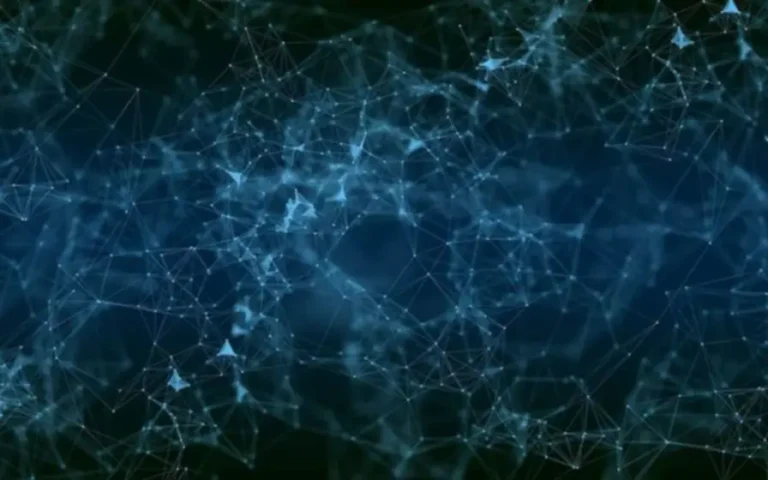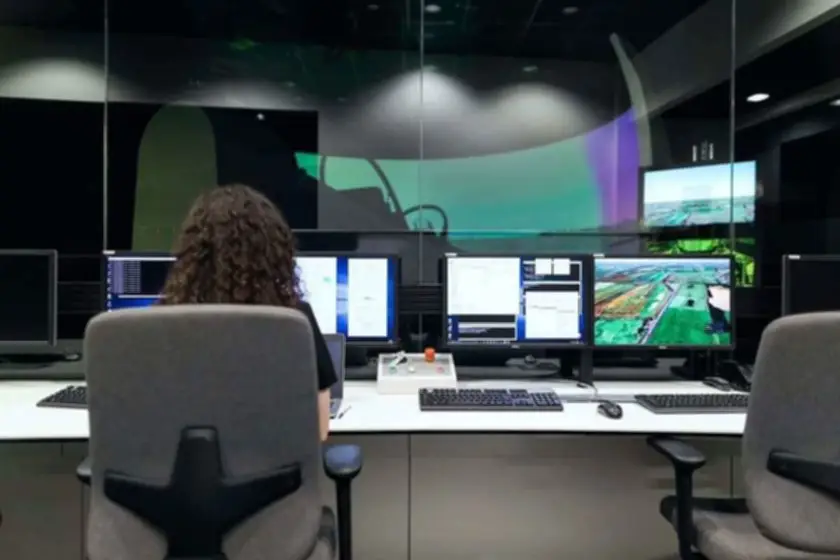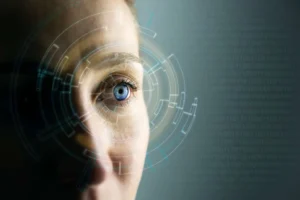Fog Computing vs Cloud Computing: all you need to know in one place

The Internet of Things technologies is expanding every day, requiring more space for data processing. Increased demand for computing resources created fog computing – something quite different from the cloud.
Learn all about fog computing vs cloud computing, including the differences, definitions, and more!
What is cloud computing?
Cloud computing connects PCs, servers, and devices online. This means that data is not stored on local infrastructure. Instead, it is kept and processed on the computers of a provider.
In most cases, cloud computing is divided into two parts:
- Front-end
- Back-end.
The former is all about the users’ devices. It’s all people can see on their screens. The list involves the interface, including all buttons, design, and many other details.
The latter is everything the users can’t see. Some of the many processes are data storage and servers to process the information. It is all located far from the client’s device, meaning that the back-end is the cloud itself.


We are confident that we have what it takes to help you get your platform from the idea throughout design and development phases, all the way to successful deployment in a production environment!
3 types of cloud computing
Generally, cloud computing is divided into three main types. There are other divisions too, but they are not so popular.
- Infrastructure as a Service or IaaSThis is when you rent all kinds of infrastructure, from servers to storage. It is a substitution for your computing resources.
- Platform as a Service or PaaSThis is when you rent a platform to develop and create applications online. It’s also a great way to test software for critical errors.
- Software as a Service or SaaS
This is when you use software like Gmail and Hotmail. You don’t have to download all the components on your device – most information is stored in the cloud.
IoT in cloud computing
Cloud computing is considered to be a cost-effective way when working with the Internet of Things. It is cheap, scalable, and flexible at the same time. The services are also connected to a variety of platforms that provide detailed analytics and other data for improvement.
Advantages of cloud computing
Some of the positive sides include:
- High-level performance;
- Nearly unlimited storage;
- Almost unlimited processing capabilities;
- Low expenses.
Now that we’ve covered these let’s move on to the cons.
Disadvantages of cloud computing
Some of the negative sides include:
- Increased latency;
- Frequent downtime;
- Potential issues with security.
If you don’t care about these cons, then you can freely use cloud computing without any worries.
What is fog computing?
The fog computing definition is relatively new. You could say that it is a different version of cloud computing. The whole point is that fog computing consists of multiple nodes that are connected to devices and are much closer to them. They could also be called local beacons that help the information be processed much faster.
Also, the edge nodes can process data without sending it to distant servers. This reduces the load on the main data centers because the nodes contain their own “cloudlets”. It’s the perfect option for IoT technologies that require low latency.
So, basically, fog computing is what is located in the middle of the device-server route. Some info is processed in local nodes while other data is sent to the main data centers. It’s more of an addition to cloud computing than a substitution.
Advantages of fog computing
Technically, fog computing comes with several pros:
- Minimum latency;
- Good bandwidth;
- Stable connection;
- Security;
- No downtimes.
You could say that it is a very good enhancement to cloud computing that generates a better user experience.
Disadvantages of fog computing
Of course, fog computing also has several cons:
- Harder to install due to increased complexity;
- Higher costs because of additional technologies;
- Very small scalability.
As you can see, the biggest challenge here is the price. Companies have to grow their budgets in order to apply fog computing. However, the results are definitely worth the toll.

What are the major differences between fog and cloud computing?
We have previously mentioned that fog computing is an enhancement of the cloud version. Thus, the differences are not that significant. These are very similar technologies in the same area.
The cloud is always centralized, while the fog is divided into multiple “local” centers that are a medium between devices and servers. This makes fog computing an option that processes information significantly faster.
Cloud computing requires that all data is processed in the final server. Fog computing can work with most data on a local level. Only some of its fragments are sent to the servers. It also helps with latency – the fog has a much lower latency than the cloud.
Finally, if there is no internet connection, the cloud becomes inaccessible. Fog technologies apply dozens of protocols to avoid system failure, maximizing availability globally. So, it is much more secure.
Need help with your fog computing?
If you want to start developing IoT software and make it accessible via fog computing, feel free to contact the Global Cloud Team at any time. Our specialists will assist with any question and provide valuable insights.
Leave a request in the contact form on the website to get a quote now!
Top Articles
ABC of DevOps Testing: Types, Best Practices, and Everything You Need to Know
I am here to help you!
Explore the possibility to hire a dedicated R&D team that helps your company to scale product development.






